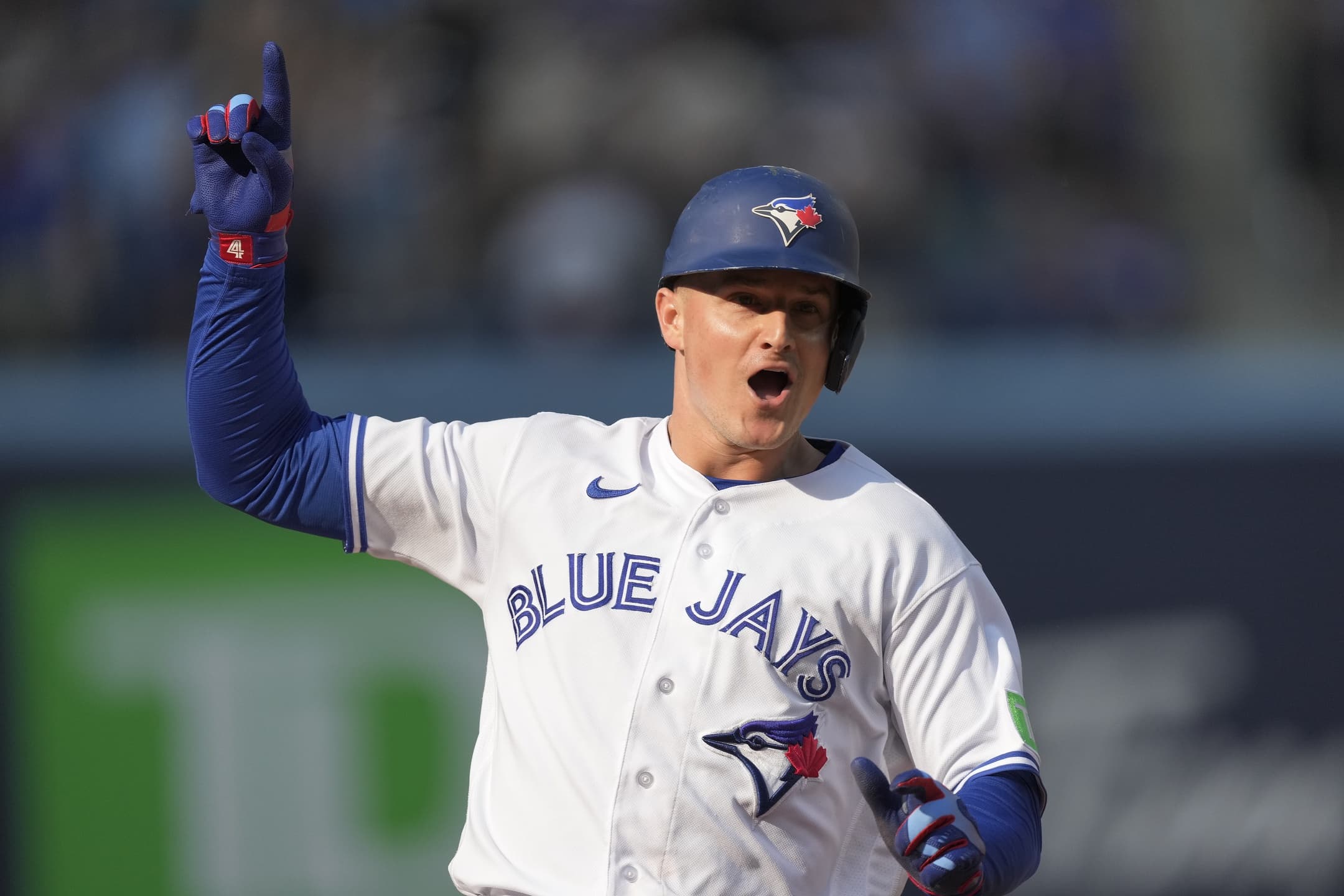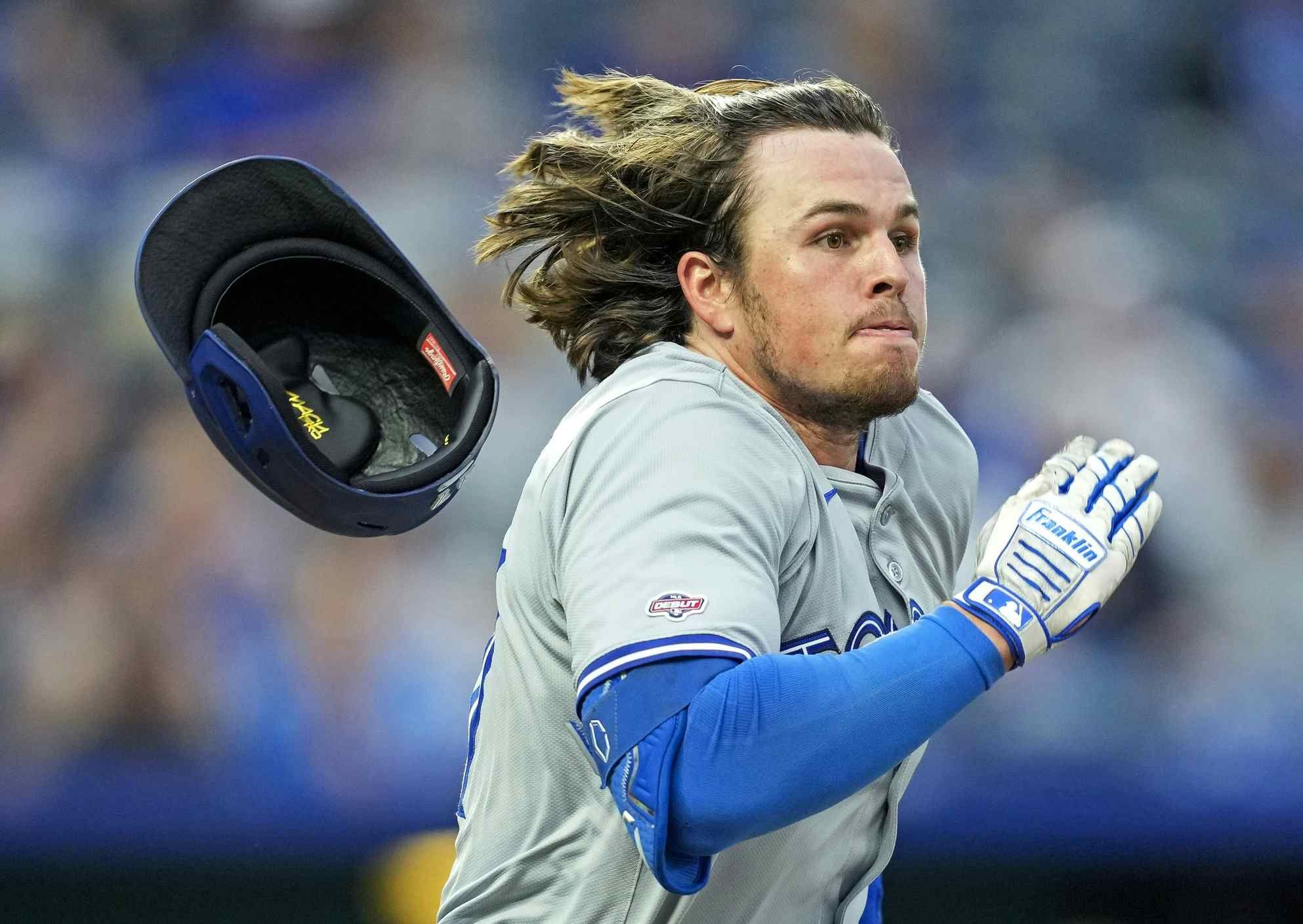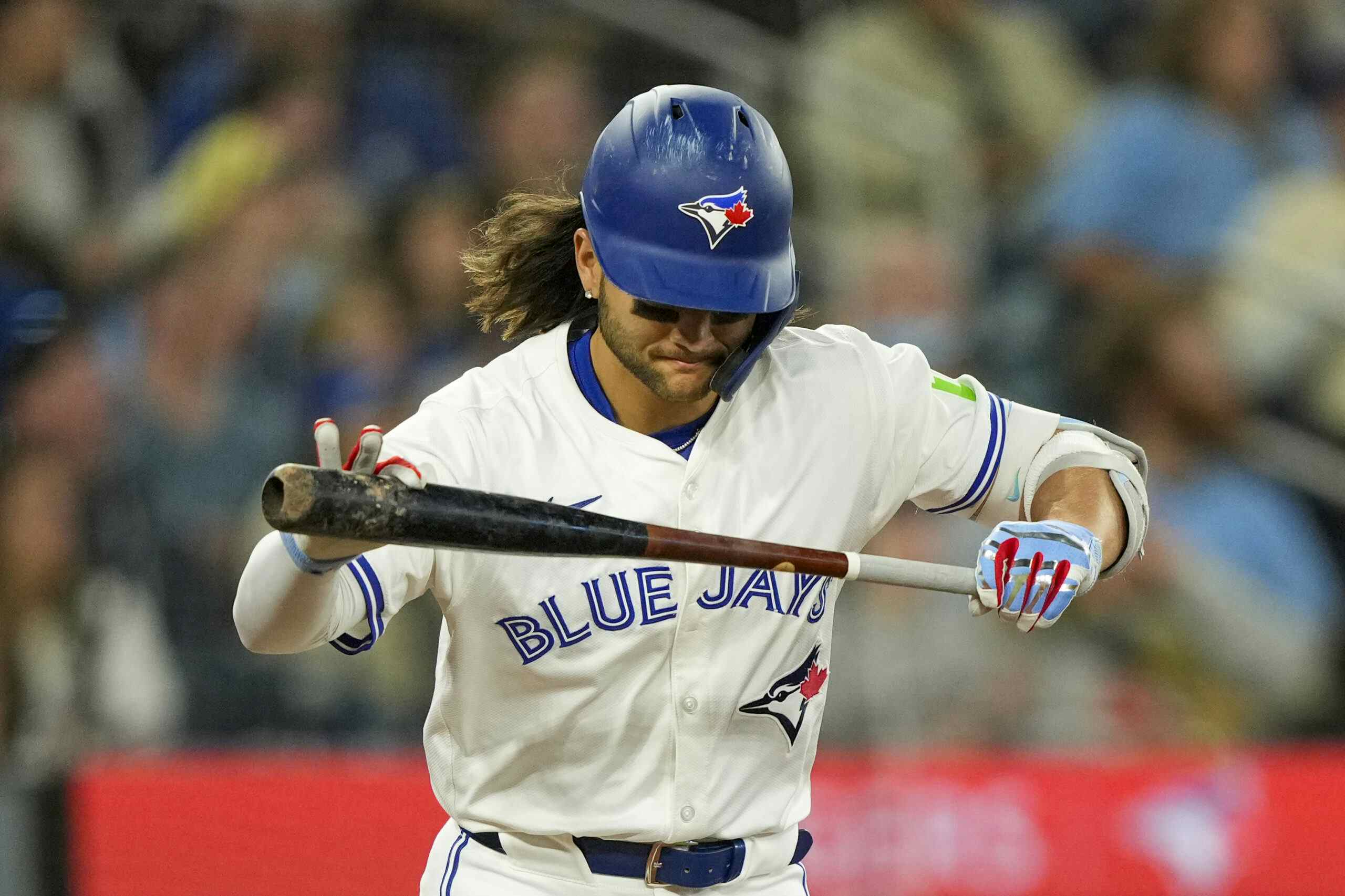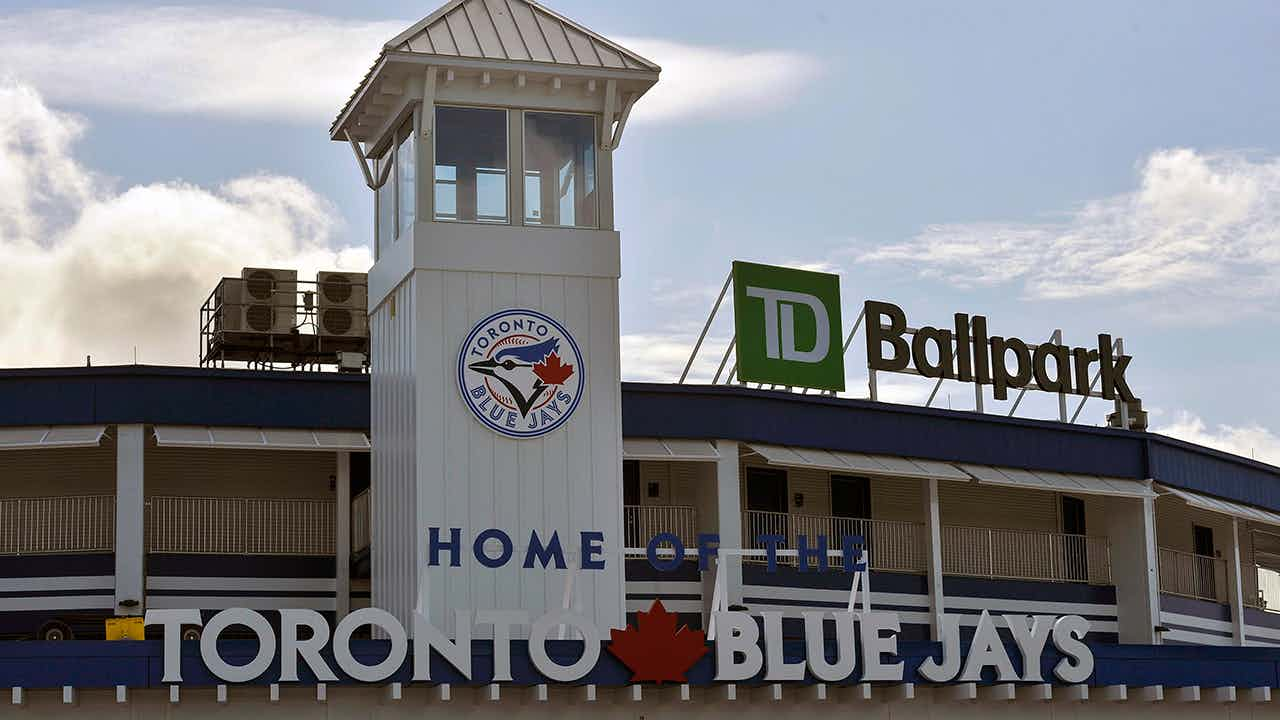What Cody Bellinger’s deal with the Cubs means for Matt Chapman — and possibly the Blue Jays

By Evan Stack
2 months agoAnother chapter in the book of 2024 MLB Free Agency was finally closed, as it was announced in the early hours of Sunday morning that OF Cody Bellinger had reached a three-year, $80 million deal with the Chicago Cubs with a pair of opt-outs after the first and second year.
Bellinger was one of the most sought-after names in this winter’s free agent class, and while that statement may be relative to the overall substance of the class itself, a former National League MVP off of a bounce-back year that is still only 28 years old carries a lot of deserved attention. He slashed .307/.356/.525 with an .881 OPS, 26 homers, 96 RBIs, 20 stolen bases, and 29 doubles last season for the Cubs. That 2023 campaign was a breath of fresh air for Bellinger and his representation given his 2020-2022 seasons accumulated a .203/.272/.376 slash line and a grim look at his then-first round of free agency.
While the Giants and the Yankees had a lot of noise surrounding Bellinger, the Cubs were seemingly always rumoured to retain him, and it came with good reason. The team is entering a competitive window, and maybe Chicago is the place where Bellinger can find and maintain his high level of production.
Bellinger’s signing may be the final motion that causes the rest of the dominos to fall in this year’s still-crowded crop. The most notable names amongst the group are the rest of the “Boras Four”: 3B Matt Chapman and SPs Jordan Montgomery and Blake Snell. As their nickname suggests, those three plus Bellinger are all represented by agent Scott Boras, and they have been the players with the most question marks as Spring Training gets into full force. The asking prices were high, teams haven’t been willing to pay, and it now came down to who would be the first one to blink, an action that might have even more pressure to it now that Spring Training had started.
So, how does Bellinger’s signing impact the Blue Jays? While Toronto presumably has their 2024 roster complete, the price that Chicago got for Bellinger makes a reunion between Chapman and the Blue Jays all the more possible.
It was reported that Bellinger had an asking price of $200+ million for his next contract, and he wound up signing a deal for less than half of that. Chapman, on the other hand, was also looking for a hefty deal somewhere in the range of $150 million over five years. The third baseman market has been marked with expensive, long-term deals; let’s just say dinner is on Manny Machado (11 years/350 million), Rafael Devers (10/313.5), Nolan Arenado (9/275), or Jose Ramirez (7/141).
Teams haven’t budged on Chapman’s and Boras’ asking price, and it’s what has ultimately led to one of the most fascinating free-agent markets in recent history. Given the amount of time it has taken to get these deals done, one can only assume Chapman is going to get a deal fairly similar to Bellinger’s 3/80 contract with opt-outs.
As I mentioned earlier, the Blue Jays look to have their roster set for this season. GM Ross Atkins semi-confirmed this last week when he mentioned that making any more additions would provoke subtraction in another way. Atkins has said in previous seasons that he’s never not thinking about making the team better, and moves like this prove that you can’t sit in concrete with roster construction, so his statements last week should be taken with a grain of salt.
Chapman didn’t end 2023 on the highest note with the Blue Jays. After winning AL Player of the Month in April, he posted a .205/.298/.361 slash line from May 1st through the end of the season. He rejected a contract extension as well as the qualifying offer from the Jays, putting “third base” on Toronto’s offseason to-do list.
They signed UTIL Isiah Kiner-Falefa on December 29th to a two-year, $15 million deal, presuming that third base would be played by committee this year with him, Cavan Biggio, Santiago Espinal, and/or Davis Schneider. With that being said, it looked like the door was shut for good on bringing Chapman back.
Given this morning’s news, while bringing back Chapman with no context would be “meh”, the Jays now have a chance to get him at a discounted price and a shorter-termed deal, which, looked at in the correct context, could be extremely beneficial. Toronto has operated this offseason under the impression that Chapman will not be back, but now he is potentially handed back to you for a better deal, and IKF can enter a super-utility role, a role he is already expecting to play.
In my opinion, the Blue Jays are best suited offering Chapman a one-year deal around $20 million (essentially doubling down on a qualifying offer), or a two-year deal for the same AAV or less with an opt out after the first year. If Chapman raises his value and wants to opt out after 2024, good for him. Chapman will have produced, the Blue Jays get another year to develop the farm, or they can attack the trade market for a third baseman if the opportunity presents itself.
We know the value he provides with his glove, but in regard to his offence, Toronto isn’t obligated to bat Chapman at the top of the order. Besides, they had him at 8th in both ALWC games last year against the Twins and could do the same thing this year while getting top-tier defence at third base. Not to mention that Chapman is probably very motivated after not being offered what he thought he was worth in free agency. If Chapman is still hovering around .250 at the plate, that’s about what you signed up for, and you still have Gold Glove-level defence. If he exceeds expectations, the Blue Jays look like geniuses.
I won’t be upset if the Jays aren’t interested in Chapman. He doesn’t immediately turn the Blue Jays into a surefire World Series team, but he makes Toronto better than they are now if utilized properly. The Blue Jays haven’t necessarily splurged this offseason, and getting Chapman at a lower price keeps Toronto’s payroll in great shape. The Blue Jays run the risk of losing their draft pick compensation since Chapman turned down the qualifying offer. They would also almost certainly have to explore trading from their infielder surplus to fit him on the roster.
Chapman’s potential reward outweighs the risks you have in bringing him back. Toronto’s already leaning on player improvement for their 2024 success — why not apply the same ideology to an established player that they’re familiar with?
ARTICLE PRESENTED BY BETANO

Recent articles from Evan Stack
- Three Key Things: Top of the order discourse continues in Toronto’s series loss to Kansas City
- José Berríos has been the ace the Blue Jays have needed early in the season
- Three Key Things: Blue Jays get excellent pitching after Kevin Gausman’s rough start, as Yariel Rodriguez, José Berríos, and Yimi Garcia shine





